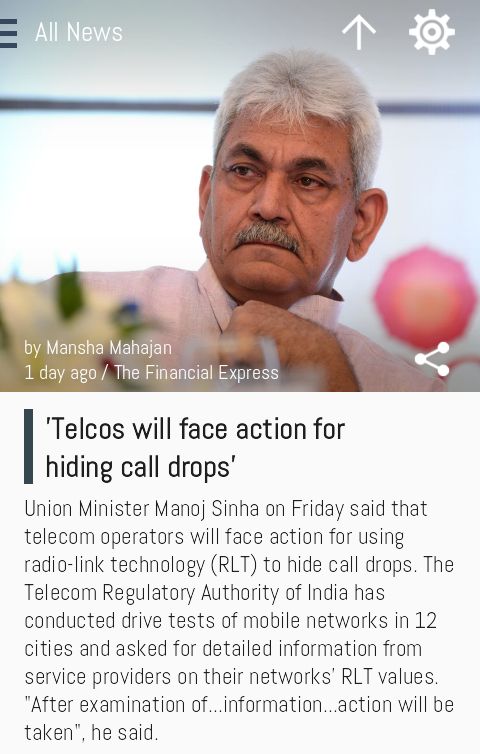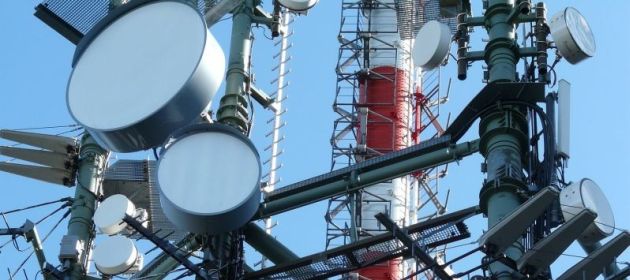If you used a mobile phone in India in the early 2000s, you might remember being greeted by the “Network Busy” message whenever you called during 6-8PM.
It didn’t matter who you called – the dreaded warning was a reflection of daily congestion of the mobile network at that time of the day.
The Indian telecom regulator came down heavily on TELCOs for underinvesting in network infrastructure and threatened them with a fine for every busy network incident.
In a fairy tale world, TELCOs would’ve taken this warning seriously and done whatever it took to decongest their networks. However, in the real world, they stopped using the Network Busy message and obfuscated the congestion by inventing alternatives like “You’ve dialed a wrong number”, “The number you’ve dialed does not exist”, etc.
Cue to 2016.
Looks like TELCOs are up to their cheap tricks again after the regulator recently threatened them with fines for call drops. Not to be confused with “missed call”, a typical Indian invention, a call drop is an abrupt disconnection of a call in the middle of a conversation. You can find an exhaustive discussion of the technical reasons for call drop on Quora but, in plain English, it happens when the network can’t handle the volume at that instant.
TELCOs are back to network congestion. And dumb ways to lie about call drop.
The first time I felt something fishy was going on was when people complained that they found my mobile phone switched off even during regular business hours. I didn’t recall switching off my phone in a long time. Turned out that my mobile was going “off the grid” even though it was powered on.
 Despite that, my phone would show the maximum number of bars on the display. This was the first dumb way to lie about call drop I came across.
Despite that, my phone would show the maximum number of bars on the display. This was the first dumb way to lie about call drop I came across.
I then slid the notification bar on my smartphone. In the last line where the MNO’s name should be displayed, I saw “Emergency Calls Only”.
I had to enable “Airplane mode” and disable it to get my phone back on the grid.
Problem solved. Or so I thought.
The complaints continued.
When I checked, there was no problem with number of bars. The MNO’s name mentioned on the notification bar. But my phone was still off the grid – this was yet another dumb way to lie about call drop.
I then tried to toggle the airplane mode option but my phone hanged. No amount of fiddling around with any of the buttons helped. The only way I could get my phone back on the network was to power it off and then power it back on.
This went on for some time until I started finding it painful and time-consuming to restart the phone several times a day. I then devised the following alternatives:
- I speed-dial my MNO’s call center # with a single tap. If the call goes through, I know all’s well with my connection.
- If I’m in a meeting, I switch on Mobile Data on my smartphone (call me old school but my data is off by default and I switch it on only when I need it). If I see an H+, 3G or E symbol on top of the display, I’m sure I can make and receive calls on my phone.
 But these techniques won’t help if I forget to follow them as often as required, which is easily several times a day. Besides, since the call drop problem is not going away anytime soon and the government has threatened action against TELCOs that hide call drops, I expect our TELCOs to continuously innovate and find more dumb ways to lie that would render both my techniques ineffective.
But these techniques won’t help if I forget to follow them as often as required, which is easily several times a day. Besides, since the call drop problem is not going away anytime soon and the government has threatened action against TELCOs that hide call drops, I expect our TELCOs to continuously innovate and find more dumb ways to lie that would render both my techniques ineffective.
Startup idea: Develop an app that automatically polls a mobile phone’s network connection status and alerts the user when the phone goes off the grid. (My company’s 3G360 Android app measures network strength automatically but it’s a bit of an overkill for merely checking connection status).
PS: As some of you may have guessed, the title of this blog post is inspired by “Dumb Ways To Die”, an Australian public service announcement campaign by Metro Trains in Melbourne to promote rail safety. The campaign video went viral when it was launched a couple of years ago. If you missed it then, I strongly urge you to watch it ASAP.


